
TERRY Brett launches his third volume of cartoon rabbit tributes to celebrities and remarkable individuals at a charity event at Pyramid Gallery, Stonegate, York, tomorrow (16/1/204).
Publishing costs are met by the gallery, enabling copies to be given away from there, but voluntary donations are encouraged in aid of Refugee Action York at the 4.30pm to 7pm event, where Terry/artist Bertt deBaldock will sign copies.
“From my experience with the first and second volumes, people enjoy being given the book,” says Terry. “Most of those people have then offered a donation, which can be done through the Just Giving website, www.justgiving.com/page/terry-brett.”
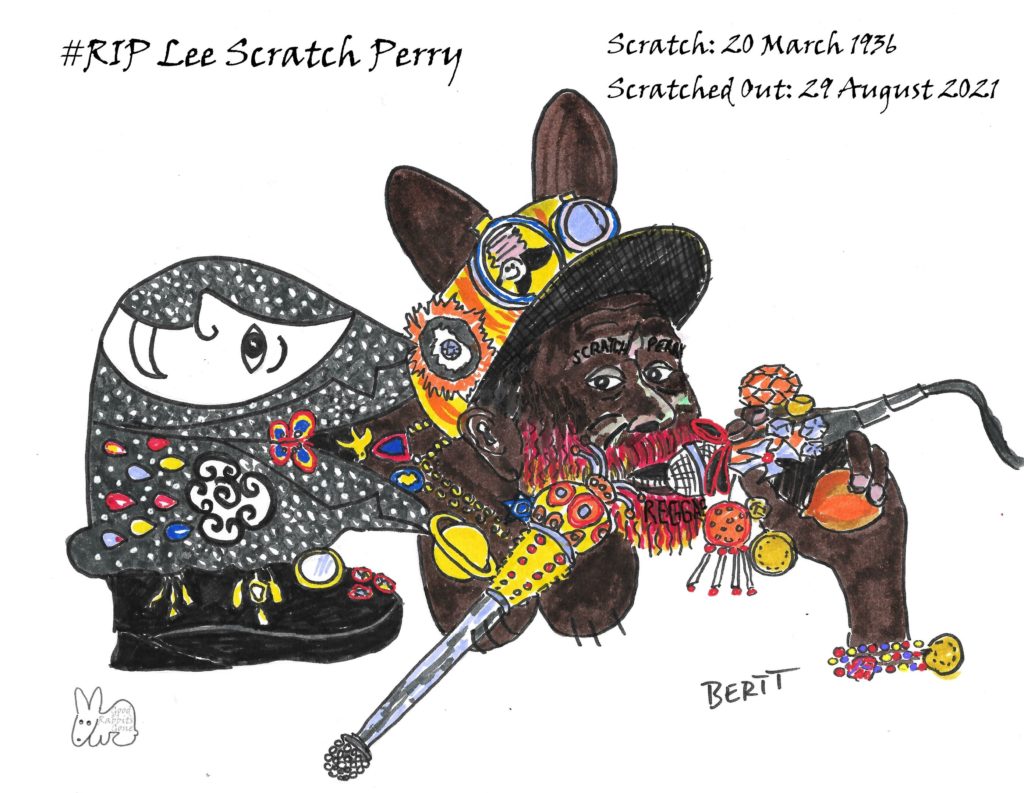
The 108-page third compendium of death notices, entitled Good Rabbits Gone Volume Three 4 Equality, spans September 2021 to December 2022 with a fourth volume covering the fallen of 2023 on its way.
Among those featured are Queen Elizabeth II (Delivered: 21 April 1926, Post: 8 September 2022); Leslie Phillips (‘Hello-o-o’: 20 April 1924, ‘Ding Dong!’: 7 November 2022); June Brown (Year Dot : 16 February 1927, Bless Her Cotton Socks: 3 April 2022); Ruth Madoc (Hi-de-Hi! : 16 April 1943, Bye-de-bye: 9 December 2022); Terry Hall (Special : 19 March 1959, Much Too Young : 18 December 2022), and Kathleen Booth, British computer scientist and mathematician, (Ticking: 9 July 1922, Ticker stopped: 29 September 2022).
The cartoon drawings by “the Scribbler” Bertt deBaldock, the nom d’art of Pyramid Gallery owner, colour-blind artist, ukulele player and long-ago chartered surveyor Terry Brett, are each drawn in response to an individual’s death and then assembled in a book with Terry’s own witty tributes or poignant memories.
The qualifications for inclusion have changed for Volume Three’s memorial works. “The first volume was just about musicians, actors and comedians who had made an impact on my life,” says Terry.
“The second featured more scientists because I’m fascinated with technology and science. For the third one, I became interested in people who had made a difference with respect to social matters.
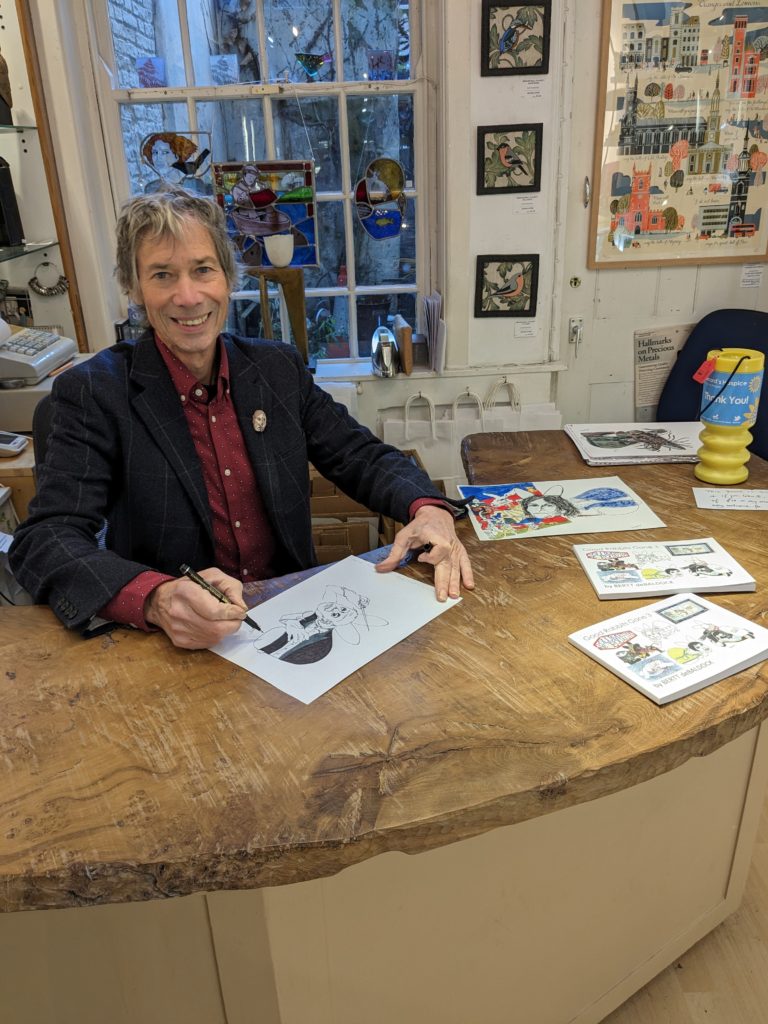
“I realised there was a social record evolving that is interesting to me because the order in which a narrative unfolds is dictated purely by the date on which a person died.
“But their story tells much about society in decades that have gone past. So I got interested in individuals who had made some sort of impact on society in the 1960s, 1970s and 1980s.”
Gradually, a collective theme for the latest volume emerged, hence the title of Good Rabbits Gone Volume Three 4 Equality. “It came to me as I was collecting names,” says Terry. “I noticed that many of the individuals chosen for the book were noted for their involvement with campaigns that fought against inequality or prejudice or misogyny.
“I didn’t go looking for these subjects but found them when listening to the BBC Radio 4 programme Last Words, which has given much quality airtime to great, quiet people who have decided to stand up to prejudice or do some good. These individuals are not massively wealthy, not famous as a media personality, but had perhaps been awarded a CBE or OBE for their campaigning activities.
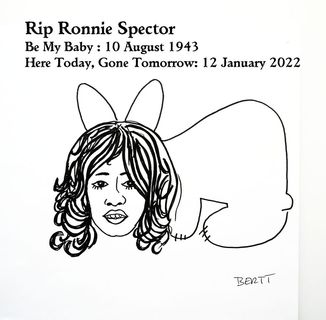
“A good example is Ma Smith, who was awarded the Pride of Britain award for setting up a soup kitchen in Oxford. and another is Avtar Singh Jouhl, who was made an OBE for fighting racial inequality in Birmingham. Jouhl had persuaded Malcolm X to visit the factory in Smethwick just a few days before he was assassinated.”
Such dedicated individuals, numbering 18 “if we include women who have excelled in careers that used to be dominated by men”, add interest and substance to the book, says Terry.
“In this way, the work celebrates a period in which prejudice and inequality has not only been challenged, but also has been noticed and the individuals rewarded. Though many would say that there is still some way to go!
“I think the media now gives more coverage relating to the #metoo movement and the horrible Windrush scandal, whereby the Government pushed forward a policy of deliberately being cruel to immigrants and also legitimate citizens who had come to Britain on the Windrush ship from the Caribbean, to the point of extraditing some of them back to the West Indies, even though they may have been born in the UK.
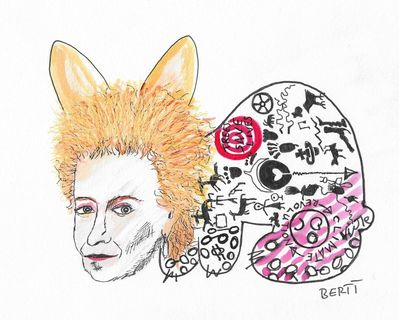
“Many great women feature in this book after battling against prejudice in the workplace, just getting on with their jobs, and at last they’re being recognised for what they did.”
The broader focus has had an impact on the creative process too. “The pictures are not drawn straight away anymore and there’s a huge backlog,” says Terry. “It’s become quite time consuming. Much of the work has been done with me sitting in a beach hut in Goa for eight weeks in January 2023 and three more last October. It’s the only way I can find enough time to do them.”
A theme is yet to strike Terry for the next volume. “But looking through the list, there are so many actors, musicians and television personalities to consider, as well as footballers,” he says. “I will search for more designers and artists to join Mary Quant, Paco Rabanne and Phylida Barlow and cartoonist Bill Tidy.
“I’m also keen to include icons such as Barry Humphries, Paul O’Grady, Mike Yarwood, Len Goodman and writers Benjamin Zephaniah, Martin Amis, Fay Wheldon and Burt Bacharach. So many big names that reflect the impact of television in the 1970s, ’80s and ’90s. Two of my favourite scribbles so far are those of David Crosby and Tina Turner, both very pleasing to draw.”

Explaining the latest book’s support for Refugee Action York, Terry says: “I started fundraising for them when asked to draw a rabbit for Jean Moss, who was involved with the charity before she died in 2020. Donations for the second volume raised £2,400 for Refugee Action York in memory of Jean.
“They provide support to refugees by giving advice, helping fill out forms and providing necessities such as school uniforms. They aim to change the narrative about refugees and help them become useful members of society.
“Refugee Action York assists refugees and asylum seekers by means of a weekly meeting every Wednesday at York St John’s University and a monthly Sunday meeting, called The Hub, at Clifton Green Primary School.
A second charity event will be held at Pyramid Gallery on March 9 from 4.30pm to 7pm, when donations will go to St Leonard’s Hospice, in memory of Terry’s father, who died of prostate cancer.
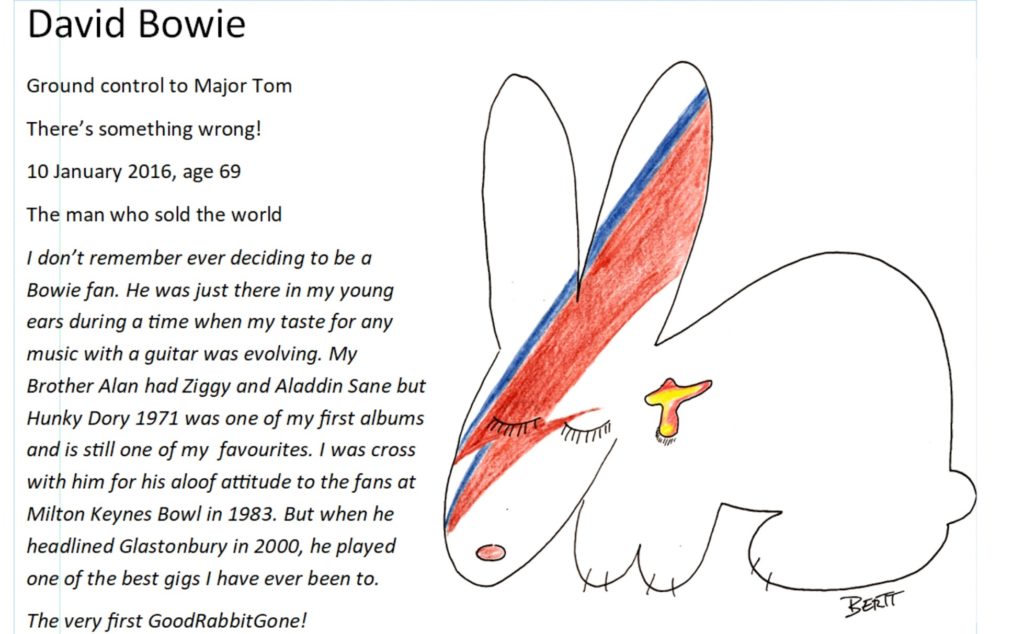
Terry’s Good Rabbits Gone series began on January 10 2016. “Upset that David Bowie had suddenly left us, I decided to draw him as a rabbit, using a shape that I’d first drawn on stencils for wall hangings and a comic-style Christmas card in 1994.
More rabbits followed (Terry Wogan, Glen Campbell Ken Dodd, Keith Flint, Judith Kerr) and deaths of loved celebrities became an obsession, first publishing them on Twitter and Facebook at #GoodRabbitsGone,” he says.
“During a spell of Covid confinement in 2020, I put them into a book, Good Rabbits Gone and made the decision to offer the books only for donations to charity. As of July 1 2023, charitable donations of the books and other means of collecting money in Pyramid Gallery have amounted to £8,000 for St Leonard’s Hospice as well as £2,400 for Refugee Action York.”
Why depict rabbits, Terry? “It might seem weird to be creating memorials to people by representing them as a rabbit, but I don’t see the need to question it too much,” he says. “I find the act of drawing helps relieve the sense of loss and my own anxiety about mortality. The process of reading about the individual’s life and trying to capture a tiny segment of their character in a simple drawing is a little bit cathartic.
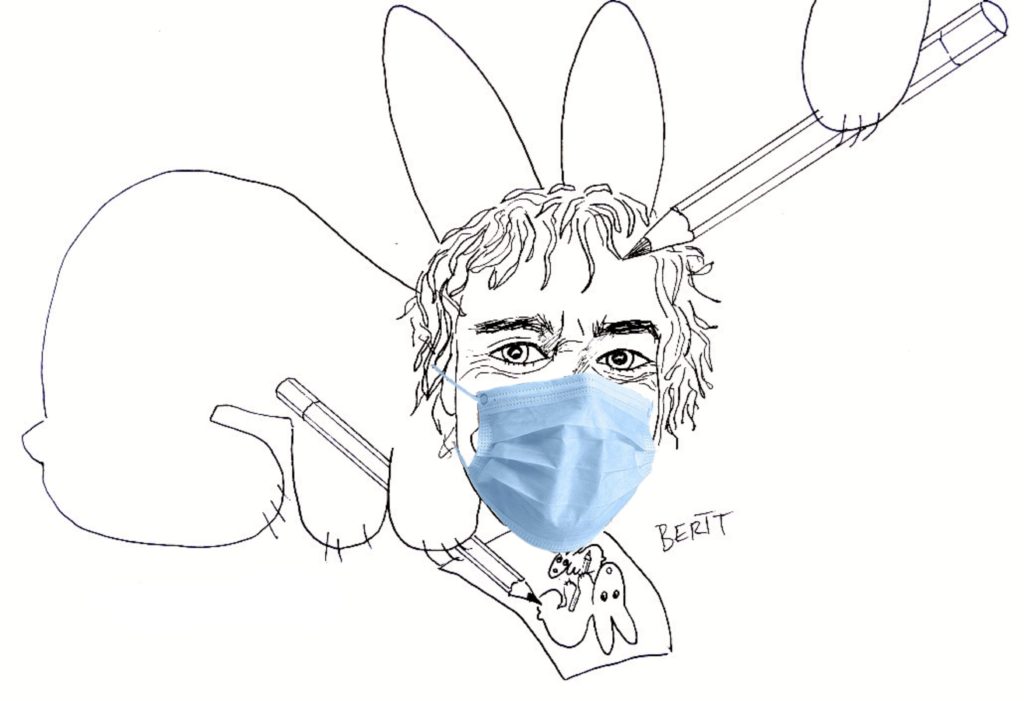
“The rabbit body and ears create a limitation in the final drawing, preventing each portrait from being too complicated or serious. All the individuals become united by the addition of rabbit ears!”
Or, in a nutshell…? “There’s a long-held belief in the Bertt/Brett household that if you have lived a good life, well, let’s say a mostly good life, i.e. if you have been nice or have achieved something for the benefit of others, then when you die you will become a rabbit.”
Contemplating what gravestone humour may lie in store for Terry himself, he suggests: “He was hoppiest when scribbling a rabbit”.
Terry Brett/Bertt deBaldock launches Good Rabbits Gone Volume Three 4 Equality at Pyramid Gallery, Stonegate, York, tomorrow (16/1/2024) with a book-signing session and charity fundraiser for Refugee Action York from 4.30pm to 7pm.
Why use the name Bertt deBaldock?
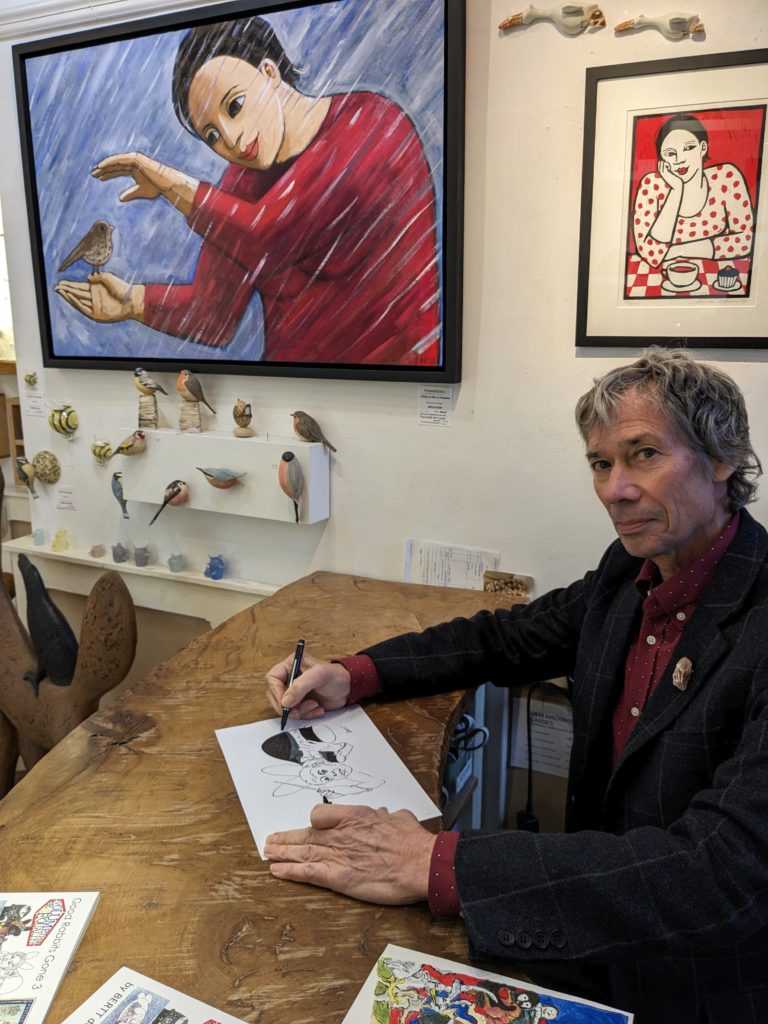
“A PARTICULAR friend in my youth always called me ‘Bertt’ and I was born in Baldock, well, a mile away in a tiny hamlet called Bygrave, in north Hertfordshire,” explains Terry.
“I use the French preposition ‘de’ in the same way that it is used in the name ‘DeBrett’s’, which is basically a list of the most influential people, many of whom are deceased or about to be.”
